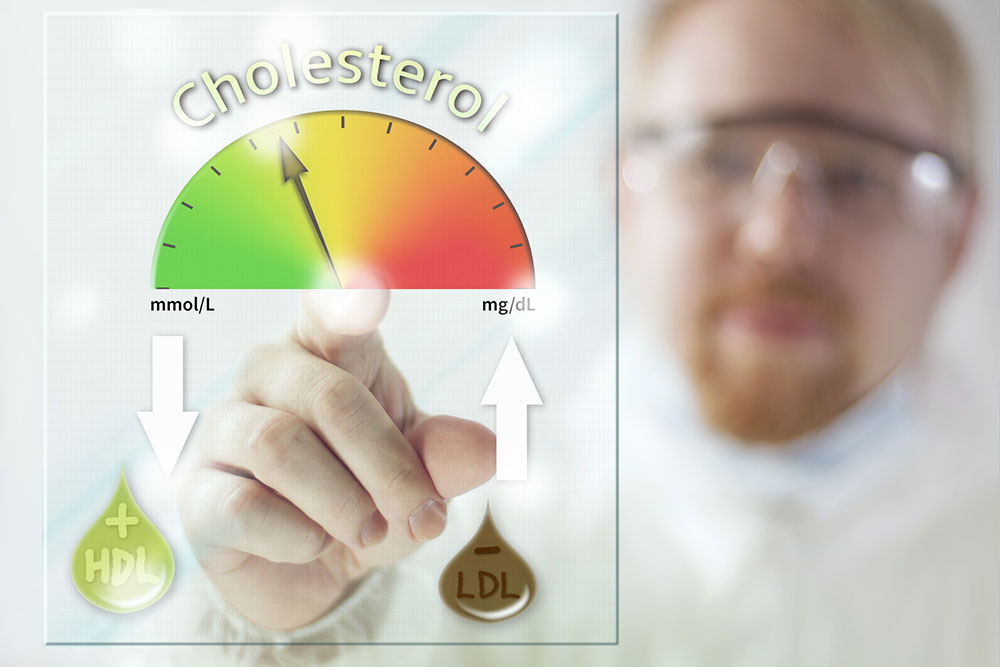Complete Guide to Controlling High Cholesterol for Heart Health
This comprehensive guide offers detailed insights into understanding, monitoring, and managing high cholesterol levels. From definitions and types to dietary recommendations and medical treatments, it emphasizes lifestyle modifications and medical interventions to prevent cardiovascular diseases. Learn how to keep your cholesterol in check for better heart health with practical tips and expert guidelines.

Understanding and Effectively Managing Elevated Cholesterol Levels
Cholesterol is a waxy, fat-like substance that circulates in your blood and plays a vital role in building and maintaining healthy cell membranes, producing certain hormones, and aiding in other essential bodily functions. Despite its importance, having too much cholesterol in your bloodstream can be detrimental to your health. Elevated cholesterol levels are commonly linked to the formation of fatty deposits on artery walls, a condition known as atherosclerosis. These deposits can restrict blood flow, increasing the risk of cardiovascular diseases such as heart attacks and strokes.
Monitoring and managing cholesterol levels is crucial for long-term cardiovascular health. This can be achieved through regular cholesterol testing, understanding the different types of cholesterol, and making lifestyle adjustments. Typically, a lipid profile test is used to measure total cholesterol, low-density lipoprotein (LDL — often labeled as bad cholesterol), high-density lipoprotein (HDL — known as good cholesterol), and triglycerides. These markers help healthcare providers assess your risk and develop tailored strategies to improve your health.
Cholesterol exists in various forms, with HDL playing a protective role by helping remove excess cholesterol from the bloodstream, transporting it back to the liver for processing. Conversely, LDL can deposit cholesterol in the walls of arteries, leading to blockages and increased risk of cardiovascular events. Achieving a healthy balance between these two types of cholesterol is essential for maintaining optimal heart health.
Cholesterol levels can vary significantly between children and adults. Medical guidelines categorize these levels into different ranges: desirable, borderline, or high, based on the specific measurements for total cholesterol, LDL, HDL, and triglycerides. Understanding these categories helps individuals and healthcare providers identify when intervention is necessary.
The National Institutes of Health (NIH) provides comprehensive guidelines to define healthy and risky cholesterol levels across age groups:
Cholesterol Standards for Children:
- **Optimal Levels:** Total cholesterol ≤170 mg/dL, HDL ≥45 mg/dL, LDL ≤110 mg/dL, triglycerides <75 mg/dL for ages 0-9, and <90 mg/dL for ages 10-19.
- **Borderline:** Total 170–199 mg/dL, HDL 40–45 mg/dL, LDL 110–129 mg/dL, triglycerides 75–99 mg/dL (ages 0-9) and 90–129 mg/dL (ages 10-19).
- **High:** Total ≥200 mg/dL, LDL >130 mg/dL, triglycerides ≥100 mg/dL (ages 0-9) and ≥130 mg/dL (ages 10-19).
- **Low HDL:** Less than 40 mg/dL raises concerns about cardiovascular risk.
Cholesterol Guidelines for Adults:
- **Optimal:** Total cholesterol ≤200 mg/dL, HDL ≥40 mg/dL, LDL <100 mg/dL, triglycerides <149 mg/dL.
- **Borderline:** Total 200–239 mg/dL, LDL 130–159 mg/dL, triglycerides 150–199 mg/dL.
- **High:** Total ≥240 mg/dL, LDL ≥160 mg/dL, triglycerides ≥200 mg/dL.
- **Low HDL (<40 mg/dL):** Indicates increased cardiovascular risk.
When cholesterol levels are elevated, they can contribute to the development of atherosclerosis, a condition characterized by fatty deposits lining the endothelium of arteries. This process narrows the arterial lumen and impairs blood flow, which can lead to chest pain (angina), myocardial infarction (heart attack), or ischemic stroke. Recognizing and addressing high cholesterol early is essential to prevent these severe health consequences.
The primary causes of elevated cholesterol include lifestyle and genetic factors. Sedentary habits, diets high in saturated fats and trans fats, obesity, smoking, diabetes, and a lack of physical activity contribute significantly to the development of hypercholesterolemia. Dietary changes, such as reducing intake of animal fats, full-fat dairy products, and processed foods, can help manage cholesterol levels. Incorporating more fruits, vegetables, whole grains, and healthy fats from sources like nuts and fish is also highly beneficial.
Medical treatments are often recommended for individuals with persistently high cholesterol despite lifestyle modifications. Healthcare providers may prescribe medications such as statins, bile acid sequestrants, fibrates, or omega-3 fatty acid supplements to lower bad cholesterol and improve your lipid profile. Along with medication, adopting healthier eating habits, engaging in regular exercise, maintaining a healthy weight, avoiding smoking, and controlling blood sugar levels form the cornerstone of effective cholesterol management.
In essence, managing high cholesterol is a multifaceted approach that combines medical intervention with lifestyle changes. Regular monitoring, a balanced diet, and physical activity are key elements of a strategy to keep cholesterol levels within healthy ranges, thereby reducing the risk of cardiovascular diseases and promoting overall well-being.





